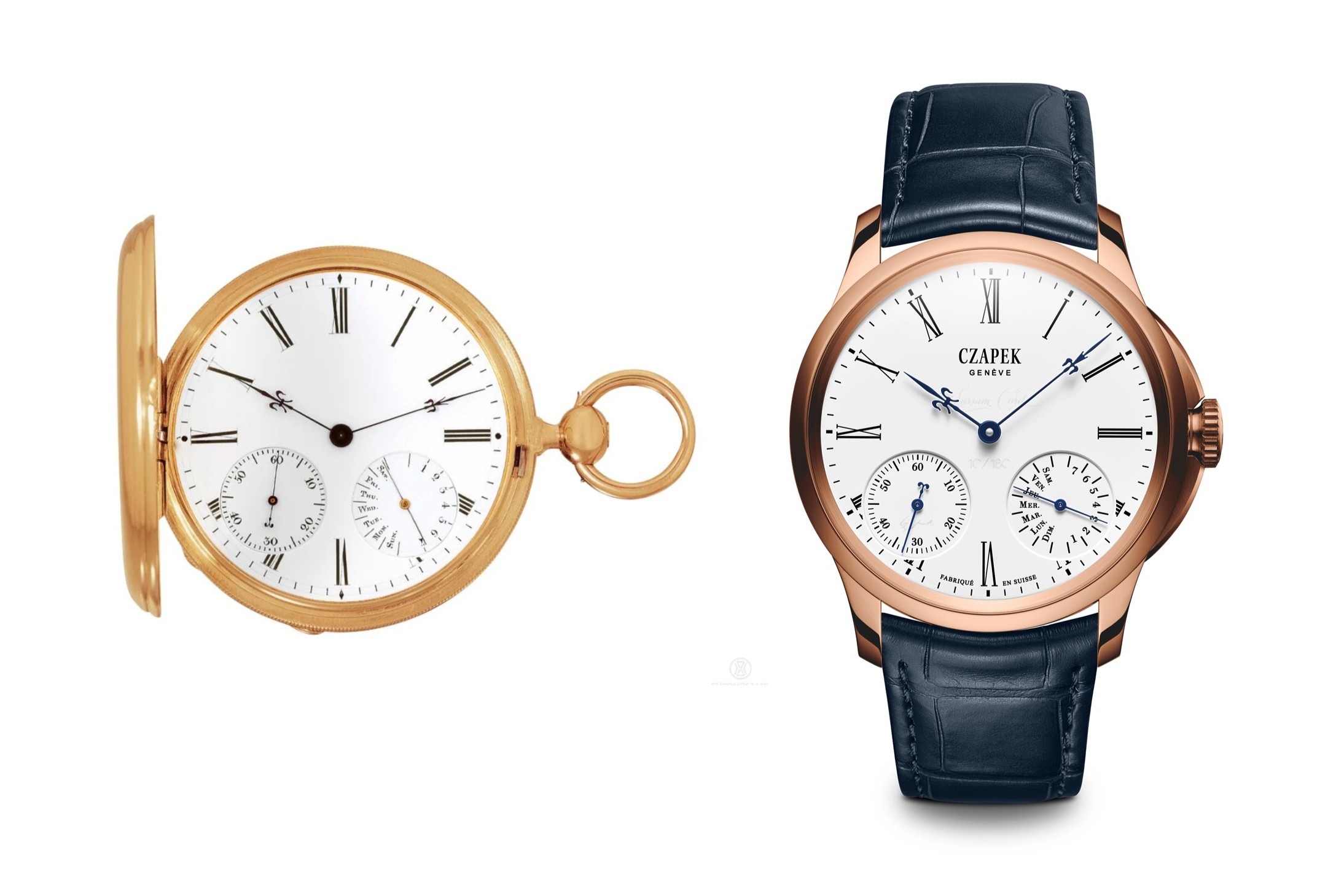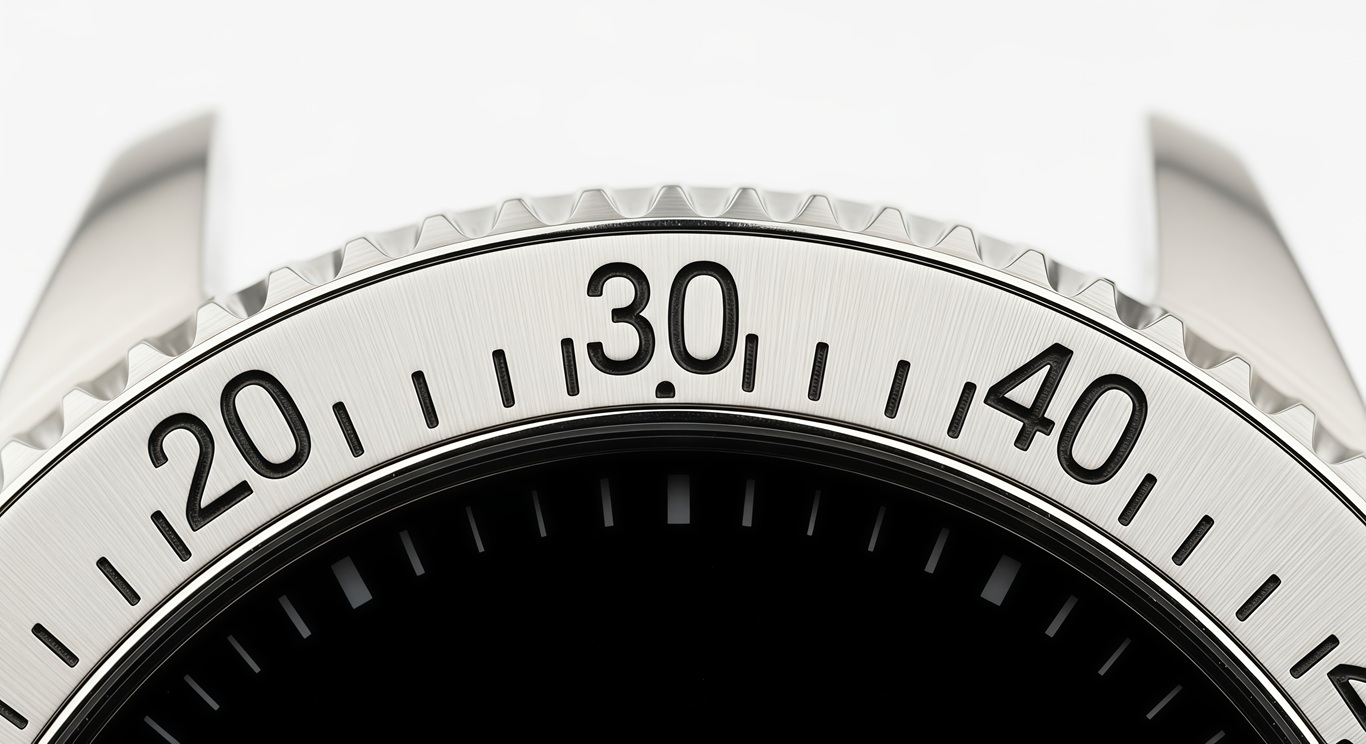
Racing Heart: The Montblanc Timewriter II Fréquence Chronographe 1,000
If you’re a regular Haute Time reader you probably know that some of the biggest innovations in recent years are in the development of chronographs capable of measuring ever-smaller fractions of a second. The current record-holder, from TAG Heuer, is the Mikrogirder 2000, which uses a novel blade shaped oscillator rather than a spring and balance wheel to measure intervals of time as small as 1/2000 of a second. In horology, however, there’s often more than one way to skin a cat, and at the same time that TAG debuted its Mikrogirder chronograph, another concept watch took the stage at the Salon International Haute Horlogerie that offers another take on how to measure –using only mechanical solutions –ever smaller fractions of a second.
That watch is the Montblanc Timewriter II Chronographe Bi-Fréquence 1,000, which is capable of measuring intervals of time as small as 1/1000 of a second. While its absolute precision is less than that of the Mikrogirder it’s still far greater than virtually any other chronograph wristwatch in production. Readers of Haute Time may recall from our discussion of the TAG Mikrogirder that for a chronograph, the smallest division of a second that can be measured equals the frequency of the oscillator –so, for a watch to measure intervals of time as small as 1/10th of a second (the shortest interval measurable by a large scale production movement, the El Primero automatic chronograph by Zenith) it’s necessary for the oscillator that controls the watch to beat 10 times per second. More precisely, the oscillator –a balance wheel and spring –must make 10 swings per second, which equals 5 full back and forth cycles, or 5 hertz. Confused? In layman’s terms that just means that for a watch to measure 1/10 of a second intervals, it has to tick ten times per second. The faster a watch ticks, the shorter an interval of time it can measure.
The Montblanc solution is the result of research done at Montblanc’s in-house movement and R&D workshop, the Minerva manufacture at Villeret, which now produces chronograph movements as well as balance springs for Montblanc. The Chronograph Bi-Fréquence is the brainchild of watchmaker Bartomeu Gomila, a Minorcan born, Swiss trained watchmaker who has worked extensively as a restorer of vintage watches and clocks for both brands seeking to maintain their own collections, and for private collectors as well. The problem Gomila faced was how to make a chronograph capable of timing intervals of 1/1000 of a second when a balance spring and balance combination is not capable of beating so quickly, due to fundamental physical constraints.
His solution was to first construct the chronograph mechanism in the Bi-Fréquence around a second oscillator beating 100 times per second –this technology is not new, having been used by both TAG Heuer and Minerva for high precision stopwatches in the early half of the 20th century. What is new in the Bi-Fréquence is Gomila’s use of a special gearing system to drive a continuously rotating wheel (dubbed the mobile de millième, or “thousandths wheel”) which turns ten times per second, but whose uniform speed allows its rotation to be subdivided into even shorter intervals than 1/100th of a second. The resolution of 1/1000th of a second is thus made possible without having to drive an oscillator at that frequency.
The other major problem with such a chronograph is legibility –reading off a 1/1000th of a second chronograph would be very difficult with a standard chronograph center seconds construction. To solve this problem, Gomila constructed a special pointer system which remains motionless until the chronograph is stopped, at which time the pointer jumps to the correct number to show the elapsed time to the nearest thousandth of a second.
The Timewriter II Bi-Fréquence is the most unusual solution we’ve seen thus far to the problem of dividing time into ever-smaller increments –and one of the most beautiful as well.
The Montblanc Timewriter II Bi-Fréquence will be produced in a limited edition of 36 pieces, in white gold. Price for the Montblanc piece is $305,900.
 SIGN UP
SIGN UP










